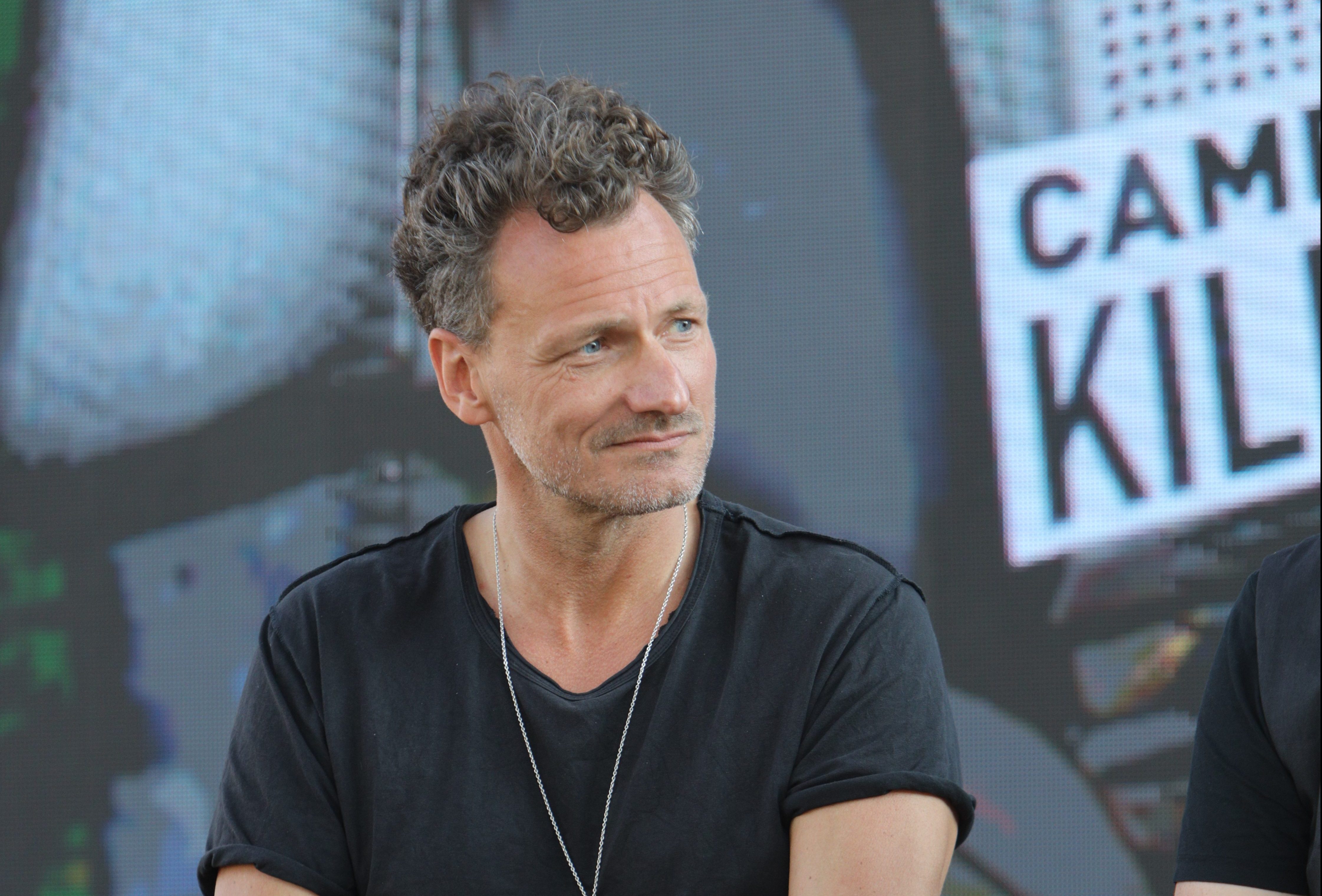
ESG is not another social media acronym or youth phone slang. It stands for Environmental, Social and Governance and if you as a marketer or agency don’t speak, or even better do ESG, your brand is at risk.
Compared to the early days of digital, it’s not just about conversation rates or engagement; when you get sustainability wrong, you jeopardies your brand and its legacy as people turn against it and scream “Greenwashing!”. There’s a real lack of knowledge and education in the industry and this shows in how most brands engage people around ESG.
Yes, people want to know where their food comes from, what the packaging is made of, or how you treat your workers, but wallpapering your communication with Fairtrade labels, beautiful corn field pictures, or way-too-happy farmers won’t be your lifebuoy.
Don’t get lost in the industry jungle
Worst part is, within the same industry you often find the same environmental or social challenges, yet the industry players line-up in a shouting competition for attention around those same issues. Take two banks and their purpose statements, a global, HSBC and one Scandinavian, Nordea.
“HSBC: We aim to be where the growth is, connecting customers to opportunities, enabling businesses to thrive and economies to prosper, and ultimately helping people to fulfil their hopes and realise their ambitions.”
“At Nordea, we always strive towards delivering great customer experiences and making it possible for you to fulfil your goals and dreams.”
E: Embrace different stories
Sounds the same, right? Dare to stand out. Take a different path and focus on the unexpected. Your social listening or your impact assessment folks give you no (original) answers. When the men’s fragrance brand Lynx in the UK wanted to engage young men, they didn’t take the usual ESG route and pick the topic of the day. They chose to focus on something new and interesting; the biggest killer of young men in the UK. It’s sadly male youth suicide. The campaign “Bigger Issues” created nationwide attention and, for a brand like Lynx, it delivered a provocative, stand-out campaign that their target group loved, while it potentially saved lives. Secondly, the campaign was on brand. Lynx used to be a sexist brand appealing to young men – it had an edge. The “Bigger Issues” campaign was bold and shows that just because it’s #goodvertising, it doesn’t need to be boring. Think like a documentary film maker or an investigative journalist; discover those new, untold stories.
S: Stay sassy and interesting!
Research from GfK like the “Purpose Impact Monitor” and Ipsos’ “Get real, Get creative” find that your run-of-the-mill ESG ads aren’t as effective as traditional advertising, unless you take a more creative approach or your brand has an established legacy for doing good. Let me give you an example from an over-communicated space: food waste. Even though this is an older campaign, it’s still a campaign that gives your creative bang for your bucks. The French supermarket chain Intermaché chose to combat food waste with a highly involving campaign, “The Ugly Fruits and Vegetables”. Their print ads, in-store activities and products featured discarded food that didn’t live up to the standards, sold at a price people could afford. One of the print ads depicting a carrot with two roots read: “An ugly carrot in a soup, who cares?”. The campaign add feelings to food waste and you sincerely cared for that ugly carrot. Even though the campaign originated in France it has been widely copied across markets with similar success. Dare to be make your ESG communication damn interesting.
G: Go for synergies
When you’re a big multinational, you won’t beat the challenger brands on adapting faster but you can win on sheer size. How can you use synergy across your brand portfolio to really ramp up impact? Often the ESG agenda is tackled on a brand level and can even sometimes cannibalise or compete for attention on issues (e.g. responsible drinking or packaging waste). Another approach would be to look at a more synergistic approach like when, for example, Pernod Ricard committed to responsible drinking campaigns across brands and commit the shared budgets to make it happen. Or when Heineken highlighted its commitment to renewable energy by installing a solar-powered billboard at Brazil’s “Rock in Rio” festival that cools beer at a local bar. The text on the billboard informs viewers: “This billboard is cooling your Heineken. Cheers.” But this is not your traditional one-off stunt, it’s part of Heineken’s bigger commitment to supply energy to 50 per cent of its partner bars in Brazilian capitals by 2030. If you want to succeed in the ESG space, you must think outside the box.
In short:
Embrace different stories
Stay sassy and interesting
Go for synergies
ESG.
By Thomas Kolster, marketing activist, author and speaker, Mr Goodvertising









